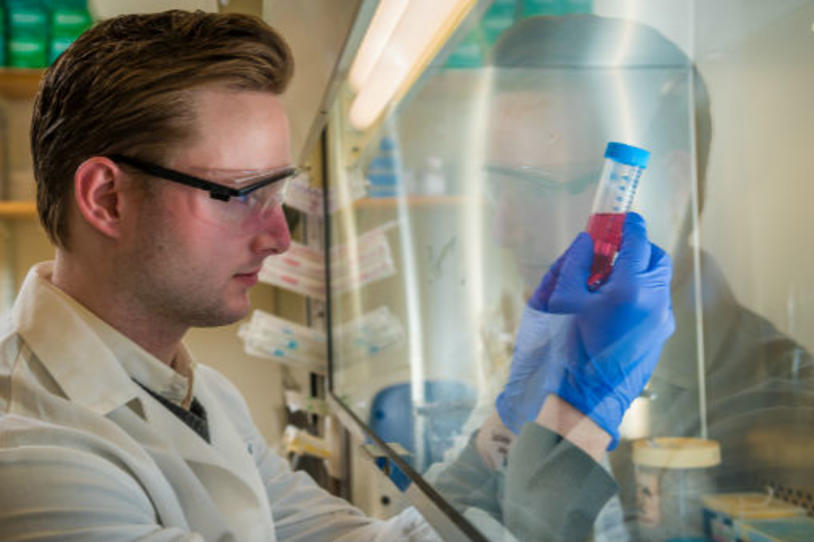
More than a dozen Parkinson’s therapies have been approved in the past five years. These treatments work in different ways to ease symptoms. Many are familiar with a common drug target: dopamine, the brain chemical that is lost in Parkinson’s disease. Here we introduce another target, the adenosine pathway. One approved treatment targets this pathway and other studies have highlighted its role in lowering Parkinson’s risk.
What is adenosine?
Adenosine is a chemical found in all human cells. In the brain, it helps a cell respond to other brain chemicals such as dopamine. It does this through receptors: structures on a cell’s surface where interaction occurs. The adenosine A2A receptor interacts with dopamine.
Why are scientists studying adenosine in Parkinson’s?
Dopamine controls movement. Adenosine slows movement and becomes more active as Parkinson’s progresses, so targeting the A2A receptor may help improve movement when combined with dopamine-replacement therapy such as levodopa (Sinemet).
What therapy targets the adenosine pathway?
In 2019, the U.S. Food and Drug Administration approved Nourianz (istradefylline) for the treatment of “off” episodes in Parkinson’s. Nourianz is an antagonist (blocker) for the A2A receptor. It doesn’t allow adenosine to slow movement.
“Off” episodes are when symptoms come back between doses of Parkinson’s medication. Long-term disease or levodopa use can contribute to “off” episodes.
Learn more about “off” episodes in our recent webinar. Register to watch on demand anytime.
What else impacts the adenosine pathway?
Exercise and caffeine also block activity of the A2A receptor. Some studies have shown that people who drink caffeine and exercise may have lower Parkinson’s risk (or delayed onset with exercise). Understanding more about these connections could lead to better treatments and strategies to slow or stop disease.
Please note: No therapies, including those targeting the A2A receptor, have been proven to prevent Parkinson’s disease. Talk to your doctor before adding caffeine or exercise to your treatment regimen.
How can you help learn about adenosine and other targets?
The Michael J. Fox Foundation’s landmark Parkinson’s Progression Markers Initiative (PPMI) is helping scientists better understand Parkinson’s biology and experience. Learn more then take a short survey to get started.
This resource is brought to you with support from Kyowa Kirin. Partner support allows us to furnish high-quality educational content to the Parkinson’s community while maintaining our commitment to allocate donor dollars to high-impact research. The Michael J. Fox Foundation is solely responsible for this content.
